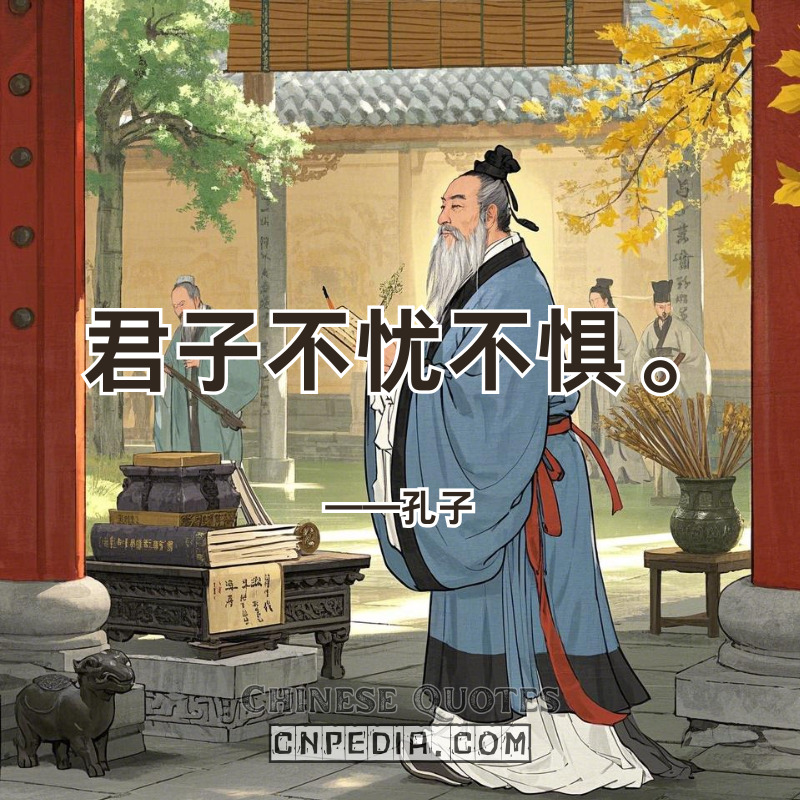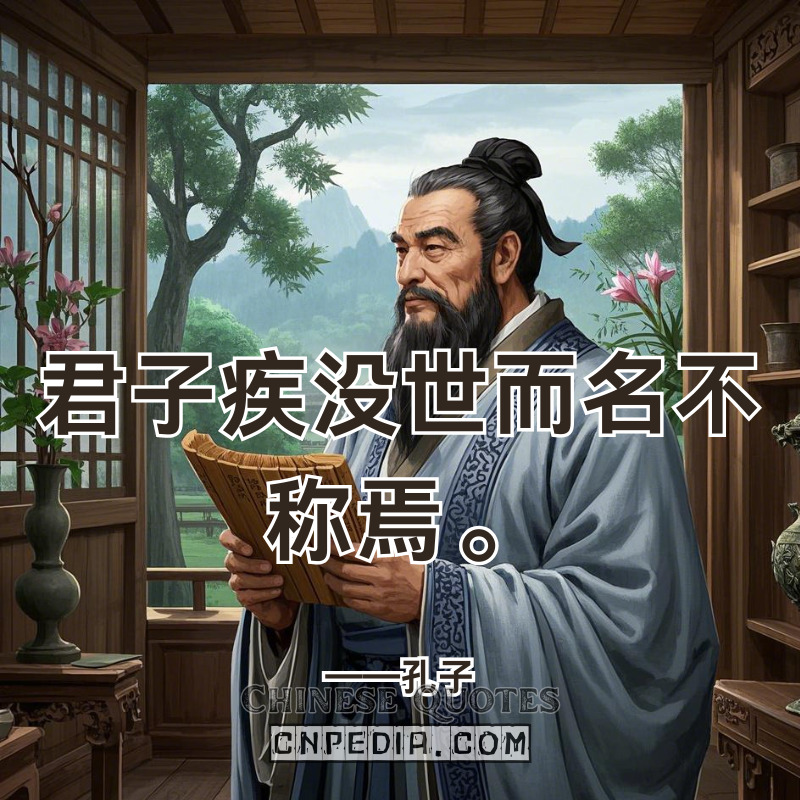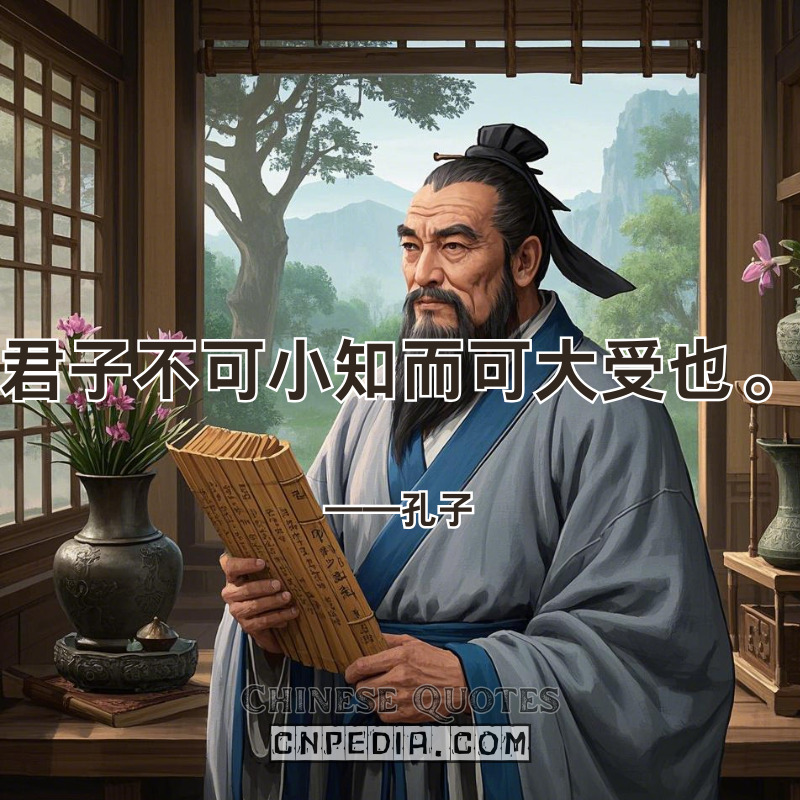君子喻于义,小人喻于利。——孔子
(jūn zǐ yù yú yì, xiǎo rén yù yú lì — Kǒngzǐ)

Translation: “Nobles awaken to righteousness; plebeians awaken to profit.”
Explanation: Confucius’ maxim “君子喻于义(jūn zǐ yù yú yì), 小人喻于利(xiǎo rén yù yú lì)” (Nobles awaken to righteousness; plebeians awaken to profit) establishes humanity’s earliest cognitive hierarchy theory of ethics. The character 喻(yù)—combining 口(kǒu, speech) and 俞(yú, digest)—metaphorizes moral internalization as a process of verbal instruction transformed into visceral conviction. This framework shaped the 士大夫(shì dà fū) (scholar-official) class’s governance philosophy, where policy decisions prioritized collective 义(yì) (justice) over individual gain.
Historical applications abound. Edo-period Japan’s 企業士(kigyōshi) (samurai-merchants) blended Confucian 义(yì) with commerce, refusing profitable opium trade on ethical grounds. Modern parallels emerge in ESG investing’s tripartite framework—environmental 义(yì) superseding short-term 利(lì) (profit)—and Patagonia’s Earth Tax redistributing profits to eco-initiatives.
Neuroscience validates this dichotomy. 2023 Caltech fMRI studies show ethical decisions activate the anterior cingulate cortex (value integration), while profit-driven choices light up the nucleus accumbens (reward processing). AI ethics researchers now encode 义(yì) into algorithms—Google’s MinDiff framework reduces model bias by prioritizing equity metrics over engagement 利(lì).
From Singapore’s 君子治国(jūn zǐ zhì guó) (noble governance) model to blockchain DAOs voting on moral parameters, this 2,500-year-old cognitive hierarchy remains humanity’s compass for navigating capitalism’s moral minefields. As synthetic biology forces 义利之辨(yì lì zhī biàn) (righteousness-profit debate) into genetic engineering, Confucius’ neural allegory grows ever more urgent.








——Records-of-the-Grand-Historian-Biographies-of-the-Money-makers.jpg)
——Records-of-the-Grand-Historian-Biographies-of-the-Money-makers.jpg)
——Records-of-the-Grand-Historian-Biographies-of-the-Money-makers.jpg)
——Records-of-the-Grand-Historian-Biographies-of-the-Money-makers.jpg)
——Records-of-the-Grand-Historian-Biographies-of-the-Money-makers.jpg)
——Records-of-the-Grand-Historian-Biographies-of-the-Money-makers.jpg)